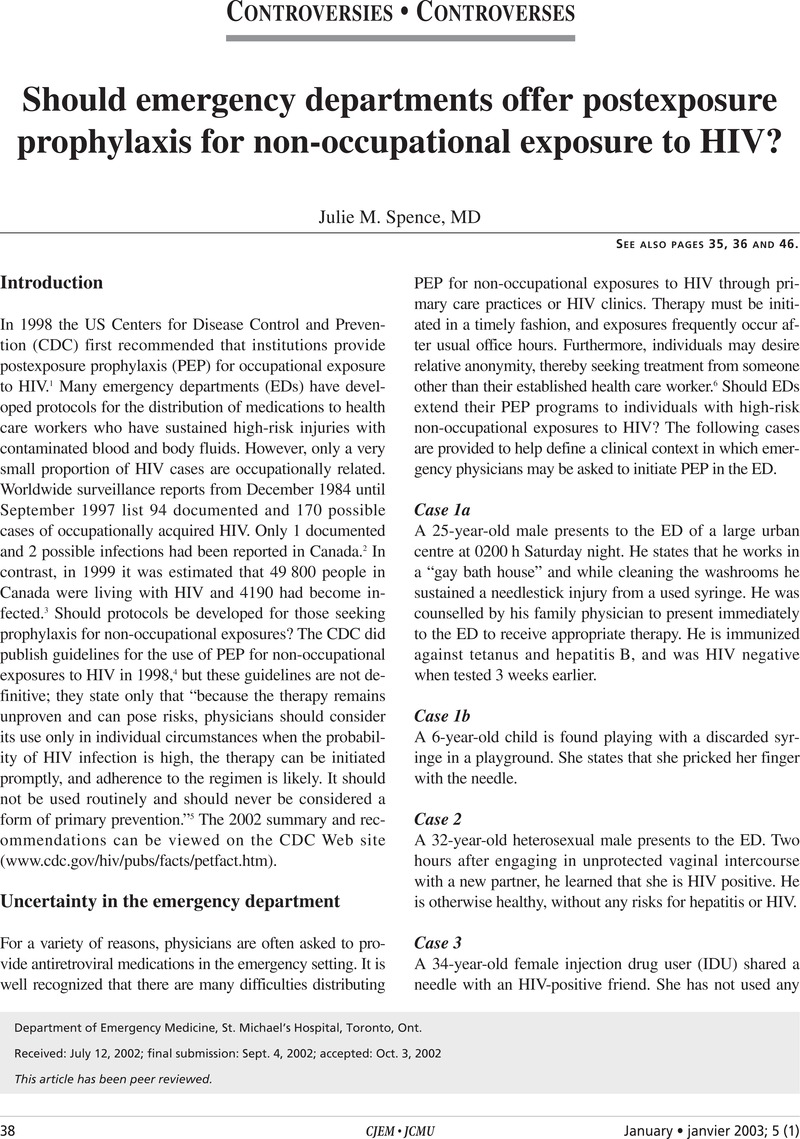Crossref Citations
This article has been cited by the following publications. This list is generated based on data provided by Crossref.
Bangor-Jones, Revle
Mak, Donna
Laing, Susan
and
Brown, Graham
2009.
Social marketing strategy to increase awareness of non-occupational post-exposure prophylaxis (NPEP) followed by increased NPEP awareness and more appropriate use.
Sexual Health,
Vol. 6,
Issue. 4,
p.
348.
Jaspal, Rusi
and
Nerlich, Brigitte
2016.
A ‘morning-after’ pill for HIV? Social representations of post-exposure prophylaxis for HIV in the British print media.
Health, Risk & Society,
Vol. 18,
Issue. 5-6,
p.
225.
Jaspal, Rusi
and
Bayley, Jake
2020.
HIV and Gay Men.
p.
85.





